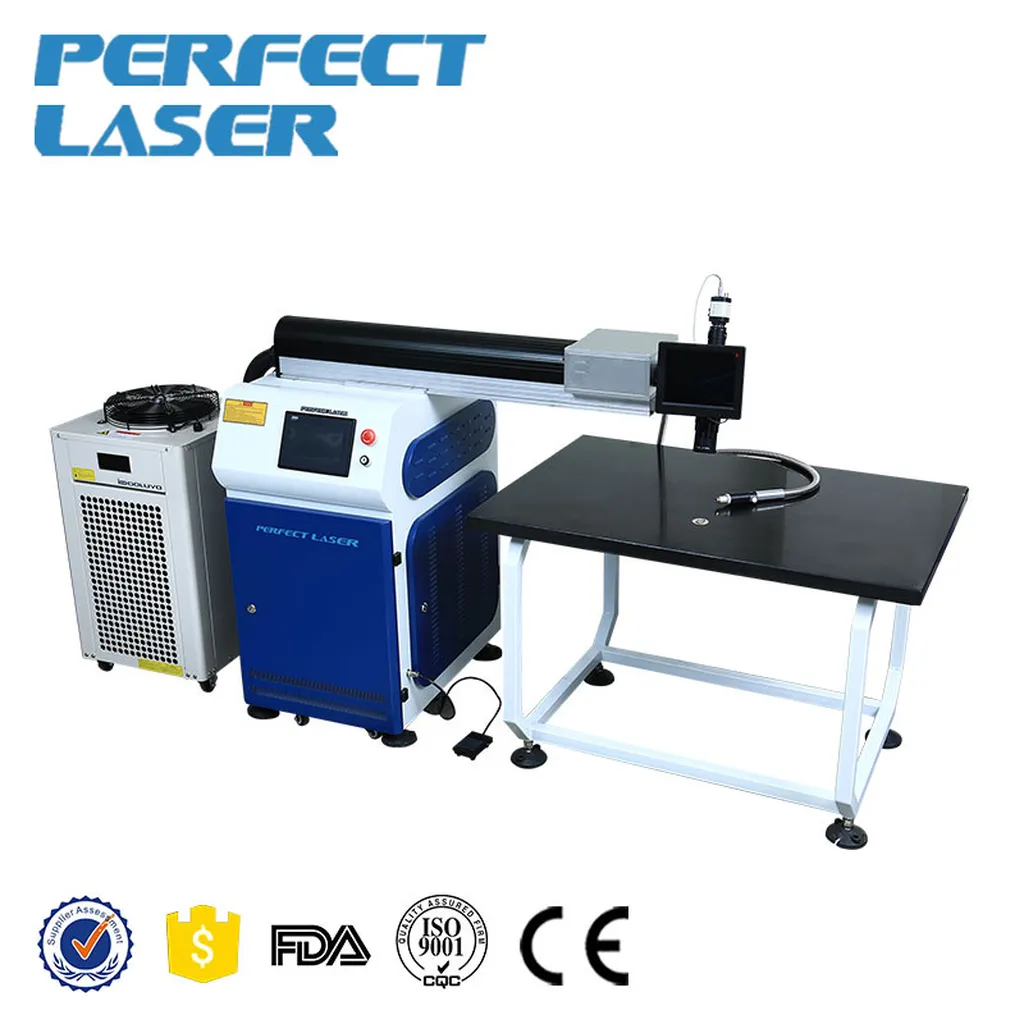In the quest to join dissimilar metals, researchers have long grappled with the challenges of creating strong, reliable bonds between materials like aluminum and steel. A recent study published in the journal *Materials Research Express* (translated from Chinese as “Materials Research Express”) offers promising insights into this complex process, with significant implications for the energy sector.
Wenxuan Guo, a researcher at the School of Materials Science and Engineering, Jiangsu University of Science and Technology in China, led a study that delves into the intricacies of laser welding-brazing, a method that combines elements of both welding and brazing to join dissimilar metals. The focus of the research was on creating a robust butt joint between 6061-T6 aluminum alloy and Q235 steel using an AlSi5 filler wire.
The study meticulously examined how varying process parameters, such as laser power and defocused distance, affect the weld formation, interface microstructure, and tensile strength of the joint. Guo and his team discovered that by carefully adjusting these parameters, a full and uniform butt joint could be achieved. “By optimizing the defocused distance and laser power, we were able to create a joint that exhibited remarkable strength and uniformity,” Guo explained.
One of the critical findings of the study was the uneven thickness of the intermetallic compound (IMC) layer at different positions of the joint. The IMC layer, which forms at the interface between the aluminum and steel, plays a crucial role in the joint’s strength and durability. The researchers observed that the IMC layer thickness increased gradually from top to bottom along the groove direction. This understanding is vital for predicting and controlling the mechanical properties of the joint.
The joint’s maximum tensile strength, achieved under specific welding conditions (defocus distance of +10 mm and laser power of 2.7 kW), reached an impressive 227 MPa. This strength is a testament to the potential of laser welding-brazing as a viable method for joining dissimilar metals in industrial applications.
The study also shed light on the fracture behavior of the joint, which included a cleavage fracture in the interface layer and a ductile-brittle mixed fracture in the heat-affected zone on the aluminum side. Understanding these fracture mechanisms is essential for designing joints that can withstand the rigorous demands of various industrial environments.
The implications of this research for the energy sector are profound. The ability to reliably join aluminum and steel can lead to the development of lighter, more fuel-efficient vehicles and advanced energy infrastructure. “This research opens up new possibilities for the design and manufacture of components that require the unique properties of both aluminum and steel,” Guo noted.
As the energy sector continues to evolve, the demand for innovative materials and joining techniques will only grow. The insights gained from this study could pave the way for future developments in the field, driving advancements in energy efficiency and sustainability. With the publication of this research in *Materials Research Express*, the scientific community now has a valuable resource to guide further exploration and application of laser welding-brazing techniques.
In the ever-changing landscape of materials science, Guo’s work stands as a beacon of progress, illuminating the path toward stronger, more reliable, and more efficient metal joints. As industries strive to meet the challenges of the 21st century, the ability to join dissimilar metals will be a key factor in achieving success.

